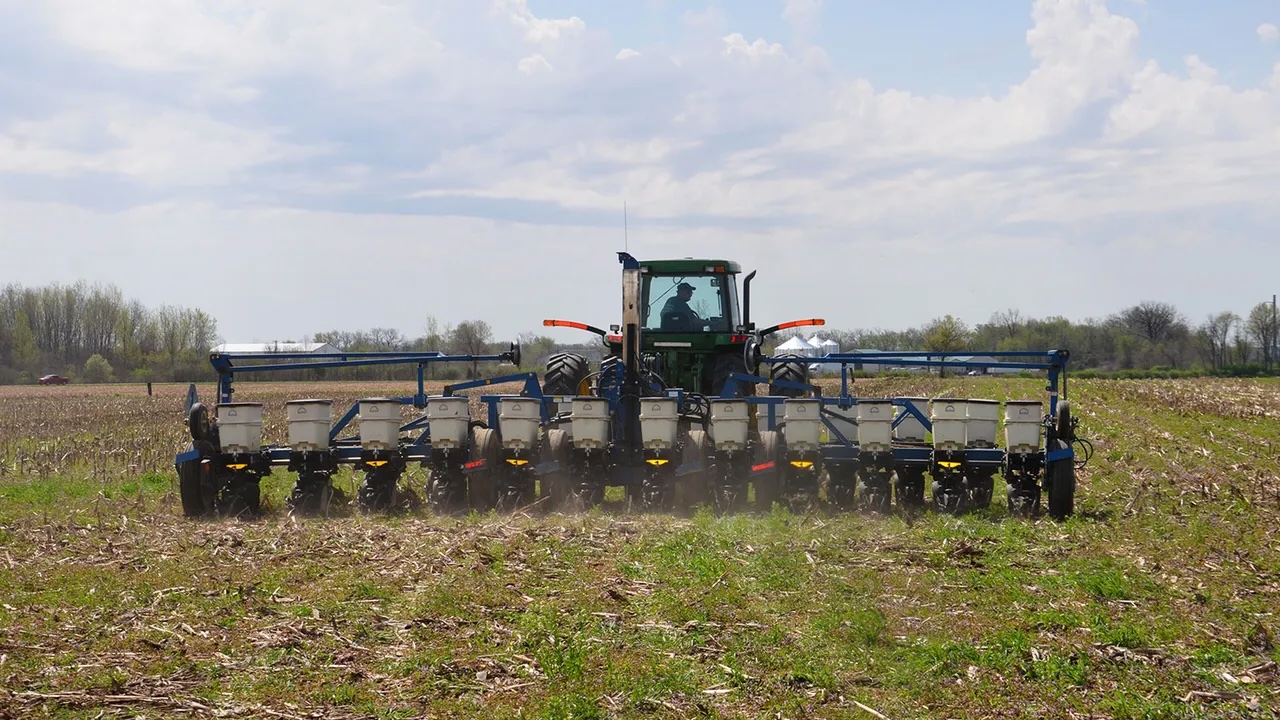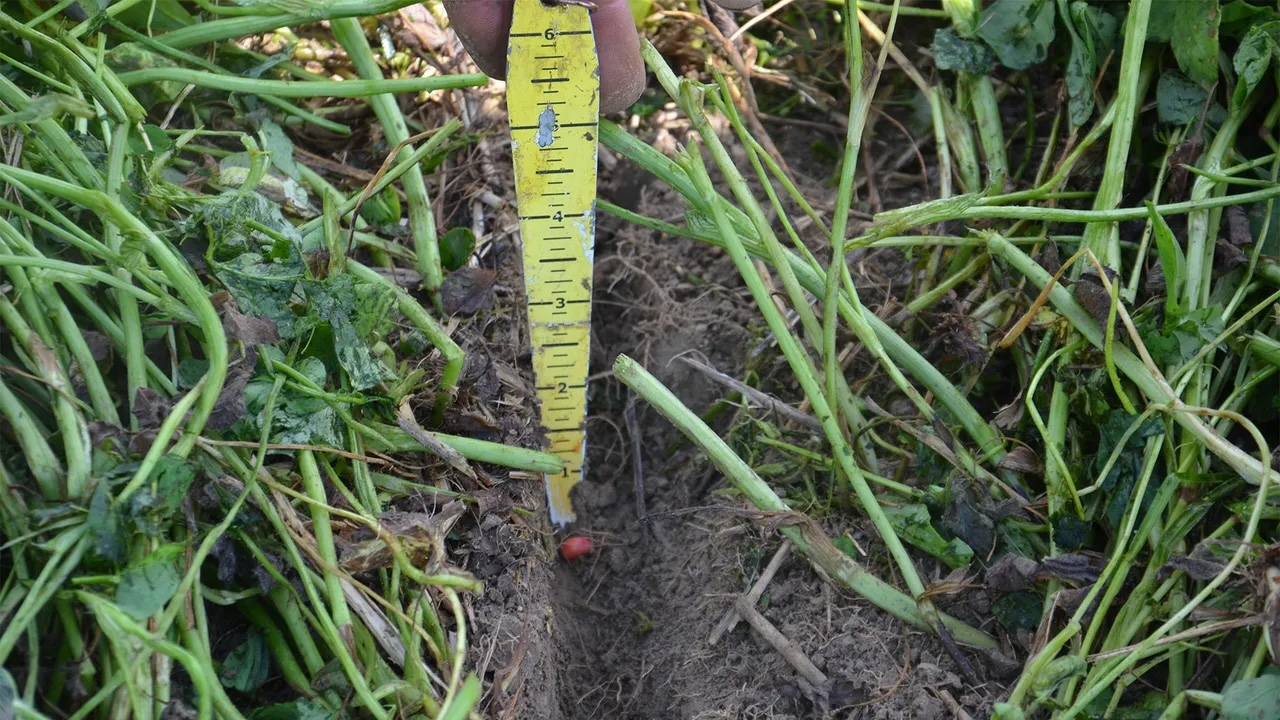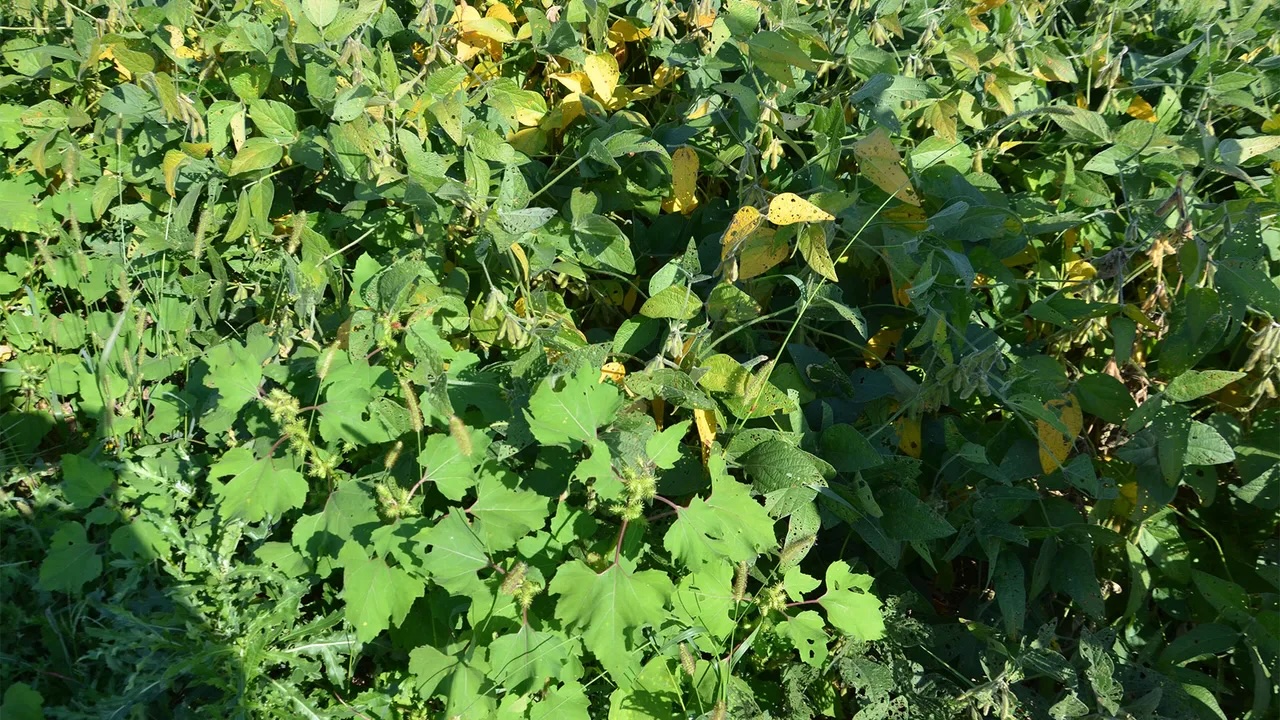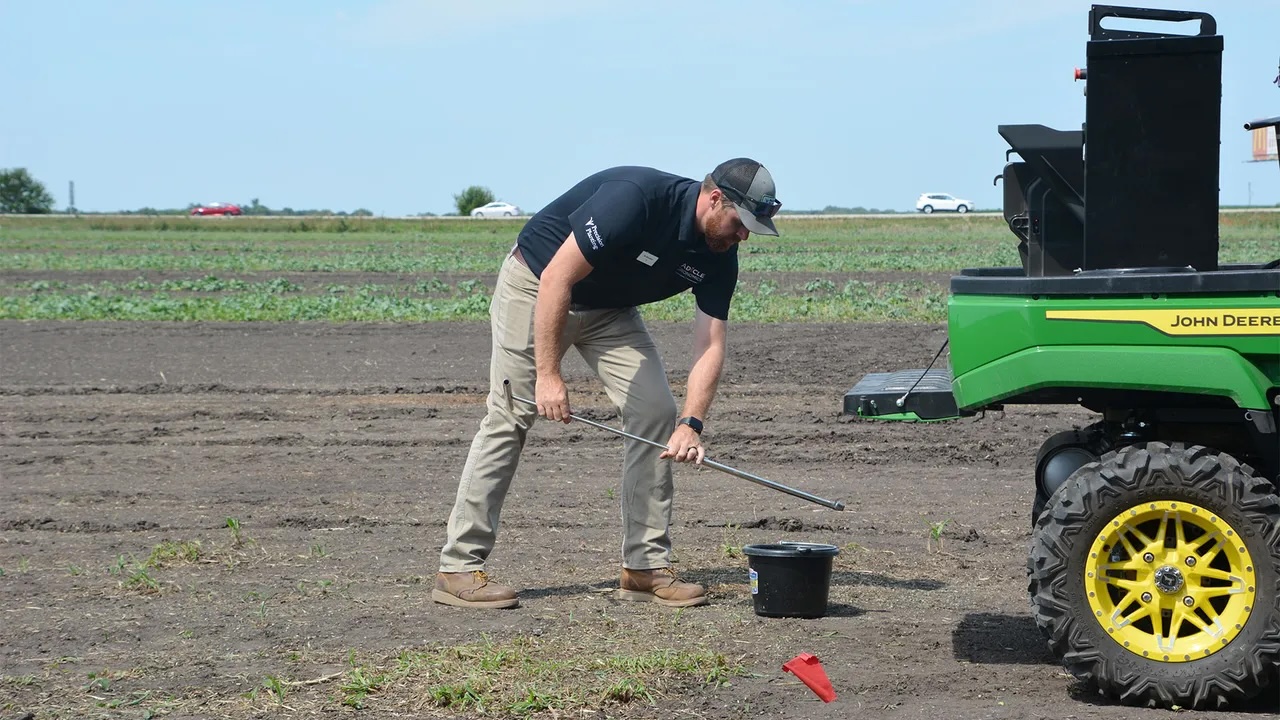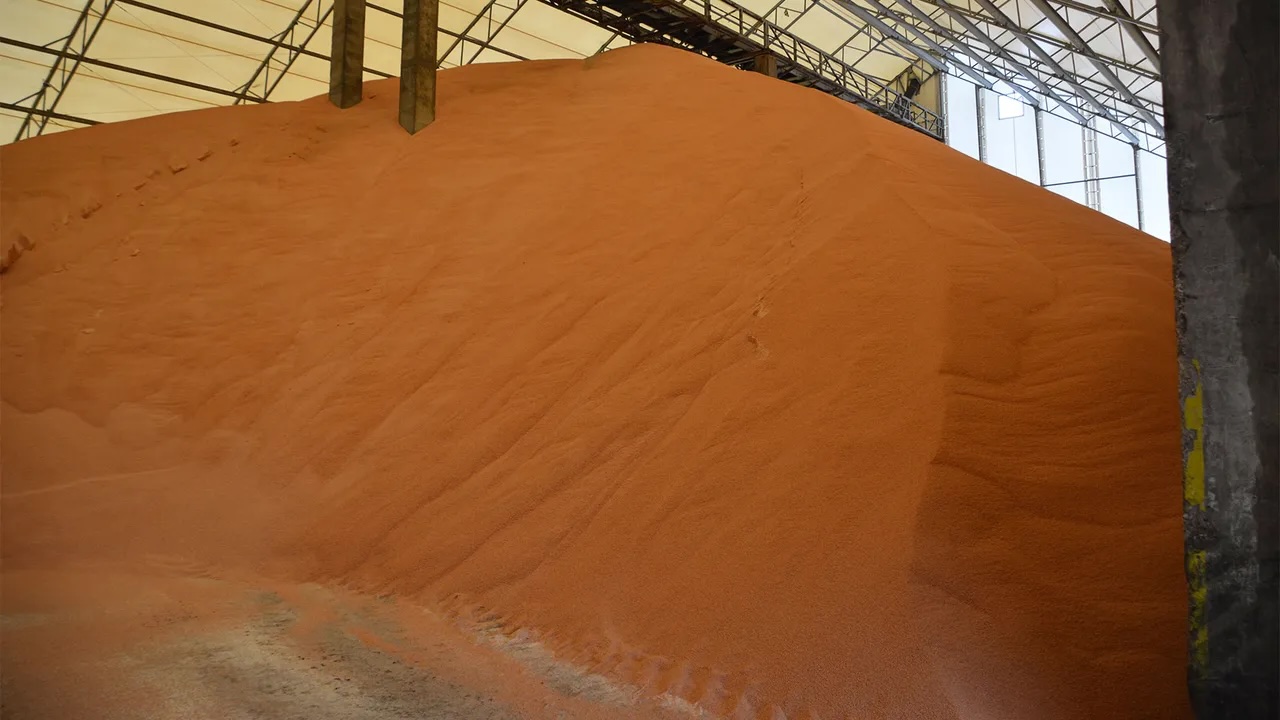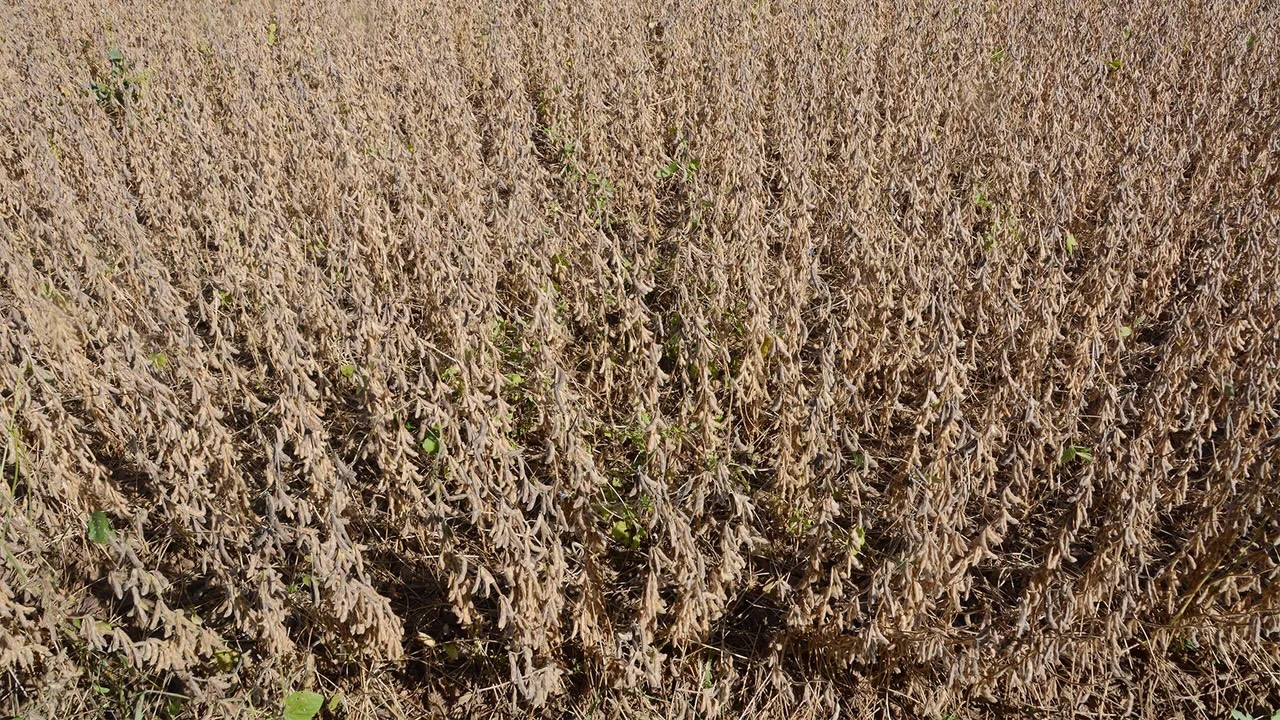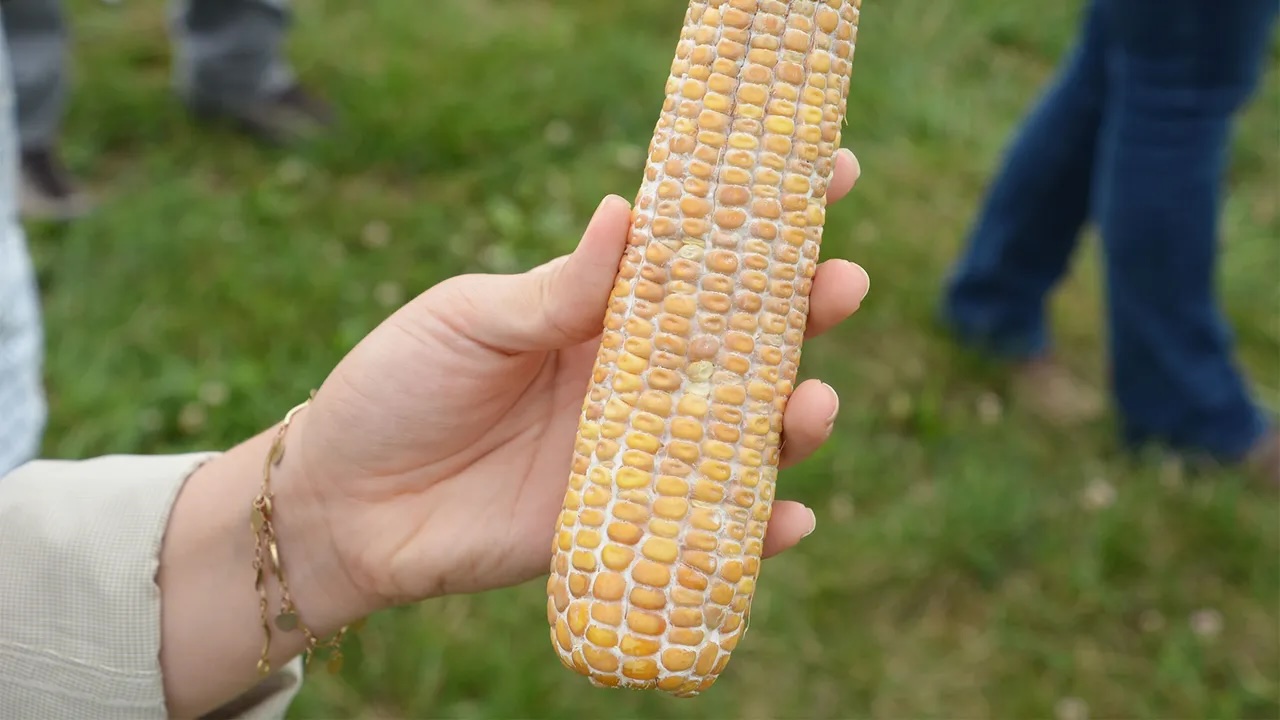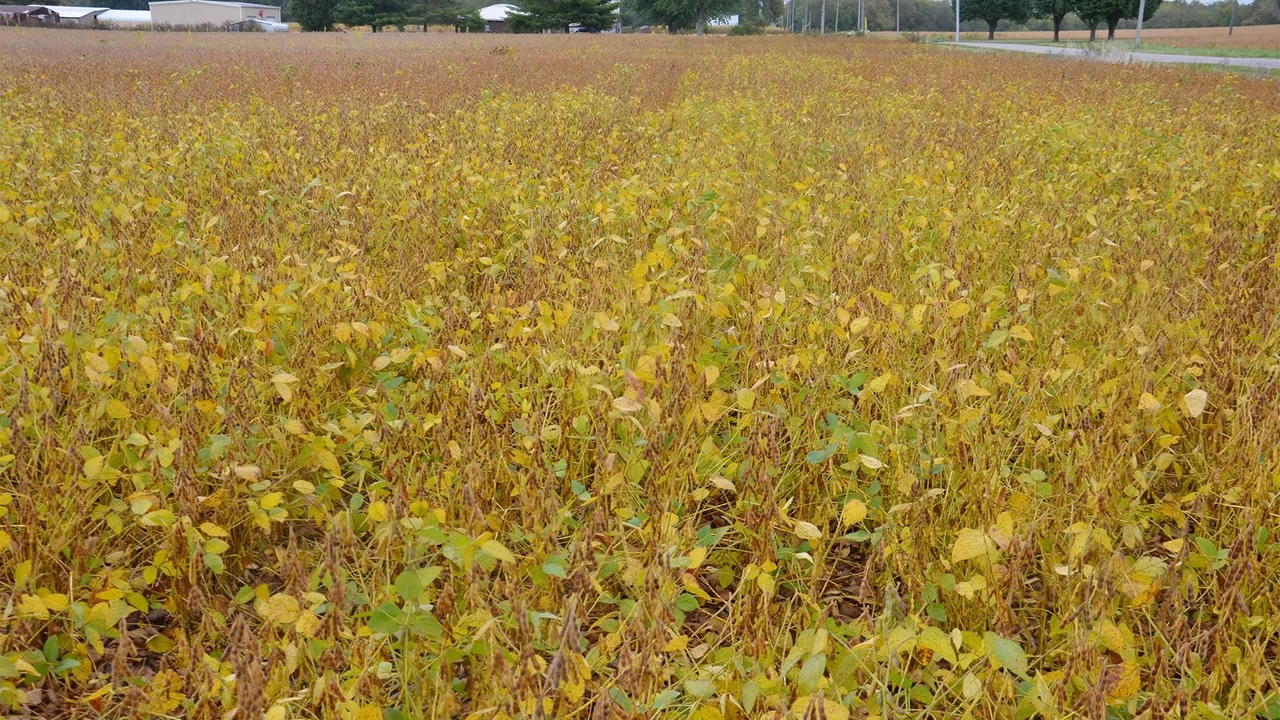Follow these guidelines to estimate corn yield
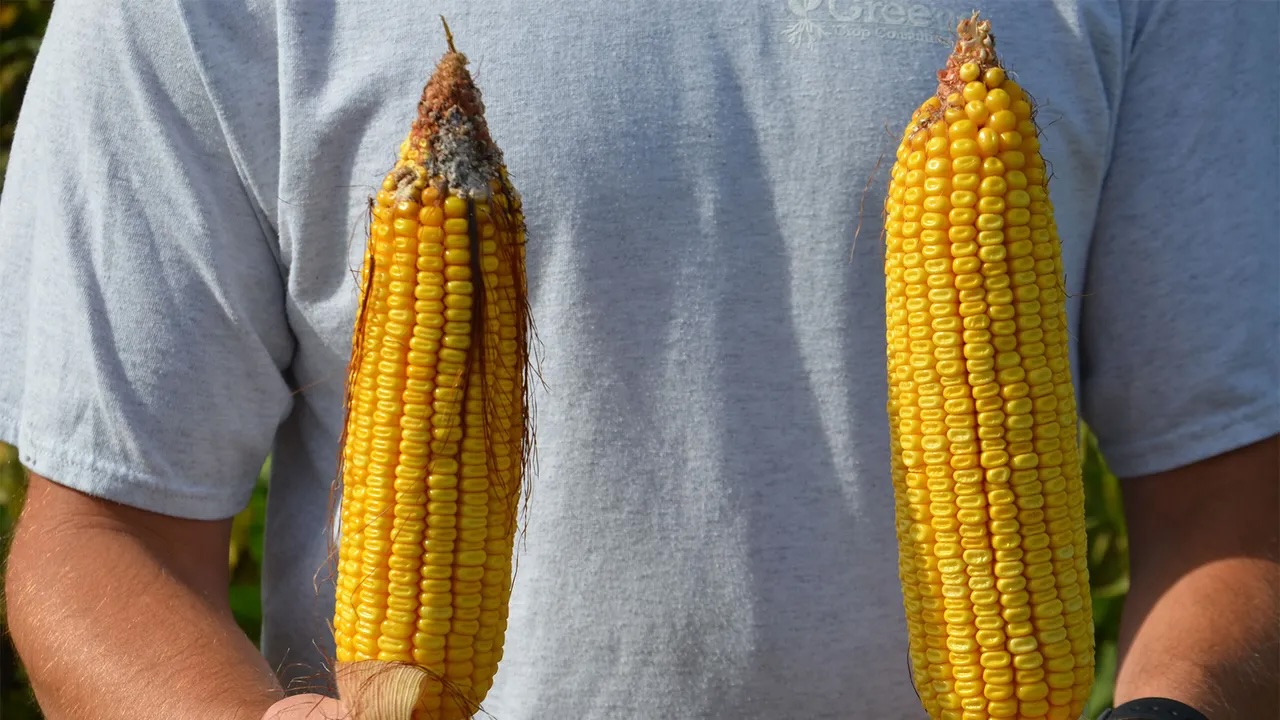
Answers are from the Indiana certified crop adviser panel: Betsy Bower, Purdue Extension senior research associate, West Lafayette; Abby Horlacher, Nickel Plate Consulting, Frankfort; Brian Mitchem, Farmer 1st Agronomy Consulting Services, Decatur; and Dan Quinn, Purdue Extension corn specialist.
Last year, my corn yield estimates were way off. Where should I sample and how many ears should I pull to get an accurate estimate?
Bower: One method is to choose a spot that represents a majority of the field. Stay away from field borders and at least 60 rows from a waterway and other confounding field areas.
Measure 1/1,000 of an acre. In 30-inch row corn, that is 17 feet, 5 inches. Choose several ears from that row. Take every fifth harvestable ear. Then, count number of kernels around the ear on each ear and calculate the average across all ears. Next, calculate average row length across all ears. Choose at least one or two rows per ear and count each kernel. Then, multiply ears per acre by kernel rows per ear by kernels per row, and divide everything by 90,000 kernels per bushel.
The most controversial part of this equation is the kernels-per-bushel value. Use 70,000 when you have ideal grain fill. Use 80,000 to 90,000 for average grain fill. Choose at least two values to provide a range.
Horlacher: First, determine the number of ears per acre. This is like conducting a stand count, but you only count plants that have a viable ear. Next, estimate the number of kernel rows per ear, followed by the number of kernels per row. Randomly select five ears from different parts of the field. One estimation point should be taken for every 10 acres. For fields smaller than 50 acres, a minimum of five sampling points is advised. Finally, divide your total kernel count by an estimated kernel weight. A typical reference point is 90,000 kernels per bushel, assuming a test weight of 56 pounds.
With these components, you should arrive at a more accurate yield estimate. Estimates may still vary by 20 bushels per acre.
Mitchem: Measure 17 feet and five inches. Count harvestable ears. Record those numbers. Pull every fifth ear that is harvestable, regardless of size. Even if the ear selected is a double and the ear is smaller, resist the tendency to skip that ear. Then count the number of kernels length wise on the ear until the ear begins to taper. Count number of rows around for each ear, too. Multiply population count by average length of rows and number of rows per ear.
Lastly, estimate number of kernels per bushel. Kernel weight is difficult to estimate and is determined by hybrid genetics and environment during grain fill. Rarely do modern hybrids have kernels so small that the count is greater than 80,000 per bushel. Sometimes, kernels are so large that it is 70,000 or less. To determine the yield estimate, divide that number you got earlier by the kernels-per-bushel count.
Quinn: The biggest challenge with yield estimates is getting an accurate estimate of final kernel weight, or the correct “fudge factor” to use when calculating the yield estimate. This number is a function of the kernels per 56-pound bushel, and this can change up until the crop reaches maturity.
As for number of ears to sample, the easy answer is always the more you take, the more accurate you will be. Assess ears in multiple and diverse locations and measure out 1/1,000 of an acre. Count number of harvestable ears and collect every fifth ear for counting kernel rows per ear and average number of kernels per row. Calculate the yield estimate using a range of fudge factors to understand how your yield estimate may change prior to crop maturity and harvest.



